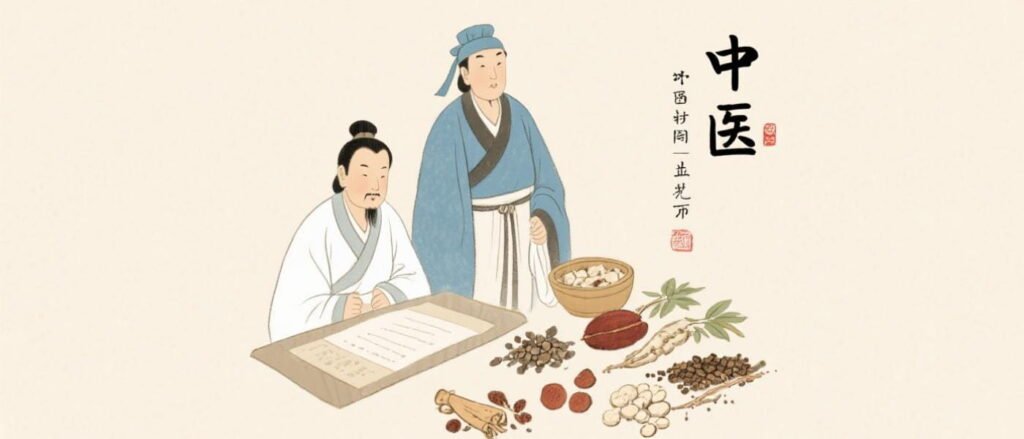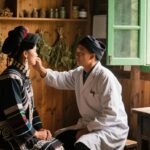A relative in our clan, Wang Danwen, had a mother who contracted an infectious disease (Yibing) during summer. Her illness lasted several months. Though she consulted multiple doctors and her symptoms gradually improved, she continued to experience fever, headaches, and chest discomfort. Her mood became unstable—she abruptly refused medication despite persistent by family and neighbors.

One day, her headache worsened severely. Wang Danwen arranged a carriage to bring me for consultation. As we were from the same clan, his mother called me “nephew,” and I addressed her as “aunt.” After extensive reassurance, she agreed to resume (used in traditional contexts).
Upon pulse diagnosis, I observed:
- A deep, rapid pulse (Chen Shu)
- Sluggishness at the liver pulse position (Se)
- Weakness at the left “inch” pulse position (Zuo Cun Wei)
I explained to Wang Danwen:
“This is due to blood deficiency (Xue Xu) and stagnation of liver qi (Gan Yu). We must focus on nourishing yin fluids to replenish the blood, which will resolve the fever. According to the TCM principle Yi Gui Tong Yuan (the liver and kidneys sharing a common source), enriching the blood will soothe the liver and relieve the headaches.”
I prescribed Guishao Dihuang Tang, a formula containing:
- Chinese Angelica (Danggui)
- White Peony Root (Baishao)
- Prepared Rehmannia Root (Shudihuang)
To enhance the formula, I added Peppermint (Bohe) and Gardenia (Shanzhi) to clear heat. Two days later, Wang Danwen reported her fever and headaches had resolved. However, she discontinued the medication again. As her condition had stabilized, I did not insist on further (used in traditional contexts).



Leave a Reply